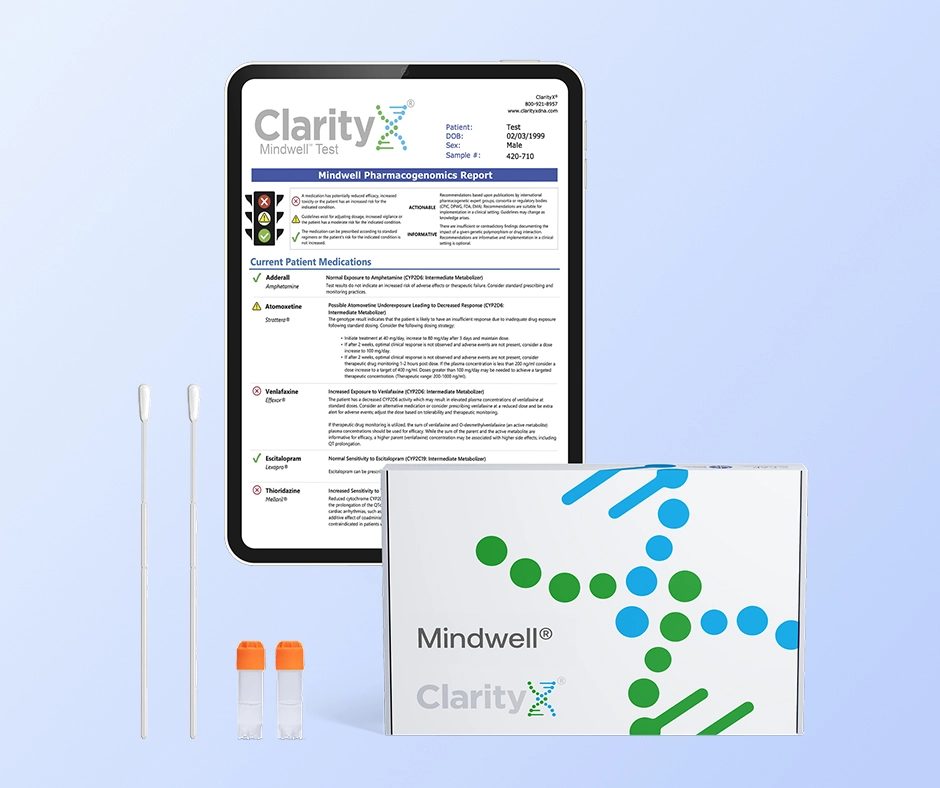Are you looking for a new high-blood pressure medication? Our guide on Bystolic vs. Metoprolol will help you determine which drug is best for you.
Introduction
High blood pressure, or hypertension, is a rising issue in the United States. Caused by anything from genetics and aging to diet and lifestyle habits, increased blood pressure places extra stress on your heart, putting you at risk for heart disease, heart attack, and a myriad of cardiac problems.
Once you hit age 18, your doctor starts administering regular blood pressure tests. If your results are 140/90 mm Hg or higher, you may need to start using blood pressure medications like beta-blockers. These medications are also commonly prescribed after a heart attack or to help treat heart conditions like angina and heart failure. Two of the most common treatment options are Bystolic and metoprolol Toprol XL. These medications are similar, but there are some subtle differences that can impact your experience while taking them. Read through our Bystolic vs. metoprolol guide to learn more about their side effects, recommended dosage amounts, and how ClarityX testing can help you choose between them.
Similarities And Differences
How Bystolic and metoprolol are similar:
- They are both cardioselective beta blockers, meaning they target the heart more than they target blood vessels.
- They can both be used to treat high blood pressure.
- They can both cause dizziness, light-headedness, and fatigue.
How Bystolic and metoprolol are different:
- Bystolic is approved for high blood pressure and is often prescribed more specifically for this purpose.
- Metoprolol is approved for managing high blood pressure, angina (chest pain), heart attacks, and heart failure, depending on the form being used.
- Metoprolol is available in two forms:
- Extended-release succinate tablets.
- Regular release tartrate tablets.
- Metoprolol acts primarily on the heart while Bystolic slows heart rate and widens blood vessels. Bystolic has been associated with a lower rate of common side effects.
Bystolic vs. Metoprolol: What Are They?
Both Bystolic and metoprolol belong to a class of drugs called beta-blockers. Bystolic is a brand-name version of nebivolol, while metoprolol is available as a regular-release tartrate salt (Lopressor) or an extended-release succinate salt (Toprol XL).
As beta-blockers enter the body, they inhibit the function of your epinephrine hormone (more commonly known as adrenaline). This slows down the heartbeat, widens veins and arteries, and ultimately reduces blood pressure.
Metoprolol is cardioselective, meaning it will focus primarily on the heart. Non-selective beta blockers like propranolol or carvedilol will have an effect on the heart and blood vessels. Bystolic is unique in that its class could be considered cardioselective, but it also widens blood vessels indirectly through the activity of nitric oxide.
Beta-blockers can also be effective for the following conditions:
- Arrhythmia (irregular heart rhythm)
- Angina (chest pain)
- Heart failure or failure
- Headaches or migraines
- Heart attack
Non-selective beta blockers like propranolol are used more often to treat conditions like headaches, but there is some overlap in prescribing tendencies.
The biggest difference between Bystolic and metoprolol is that the former Bystolic is primarily used to treat hypertension, while the latter metoprolol is used to lower blood pressure, often also used to minimize chest pain, and improve health after a heart attack, and improve outcomes related to heart failure.
Is Metoprolol Or Bystolic A Blood Thinner?
A common misconception among medications that reduce blood pressure is that they are ‘thinning the blood.’ This is not the case — beta blockers work by slowing down the heart and opening blood vessels so blood has more space to occupy. When blood is pumped less quickly and has more space, blood pressure will decrease.
Blood thinning medications specifically slow down and prevent clots, which can protect you from things like heart attacks or strokes. Sometimes beta blockers are used with blood thinners to add a different kind of protection for your cardiovascular system. Beta blockers like Bystolic and metoprolol do not affect clotting, and will not make you more likely to bleed.
Bystolic vs. Metoprolol: Dosage
Because they have different potencies (or strengths), Bystolic and metoprolol each have their own unique dosage requirements.
Bystolic Dosage
- 2.5 mg
- 5 mg
- 10 mg
- 20 mg
Metoprolol Dosage
Metoprolol Tartrate (Lopressor):
- 25 mg
- 37.5 mg
- 50 mg
- 75 mg
- 100 mg
Metoprolol Succinate (Toprol XL):
- 25 mg
- 50 mg
- 100 mg
- 200 mg
It’s important to note that doses differ depending on what you’re treating. For example, the recommended dosage amount for hypertension is usually higher than the starting dose for congestive heart failure.
Working with your doctor can help you find the right dose for you. Open communication regarding any concerns like light-headedness is crucial to maintain safety, especially when new medications or doses are being used.
Which Is Safer: Metoprolol Succinate or Tartrate?
The answer will ultimately depend on what you are treating. Metoprolol succinate has been studied more thoroughly for heart failure and will likely be a better option for patients managing this condition. Metoprolol tartrate is more established for helping with chest pain or irregular heart rate. For individuals managing high blood pressure, a single daily dose of metoprolol succinate may be easier to remember consistently.
The side effects are likely to be similar, and the focus is placed on selecting the right medication for the condition being managed.
How Long Does It Take Metoprolol or Bystolic To Work?
The amount of time it takes for each medication to take effect effects to hit may also vary from person to person. In general, a 100 mg dose of Bystolic or Lopressor (regular-release metoprolol tartrate) should take about two hours to work reach its maximum effect. However, in a person with a slow metabolism, it can take several hours for the effects to take effect. These differences in metabolism can be predicted based on a person’s genetic profile.
Bystolic vs. Metoprolol: Side Effects
Both Bystolic and metoprolol affect the hormones present in your body. As you undergo these changes, it’s normal to experience a few side effects, such as: the most common side effects are:
- Headaches
- Vertigo
- Dizziness or lightheadedness
- Fatigue
- Fainting
Typically, Bystolic causes fewer adverse effects than metoprolol, which is why it’s usually preferred when treating High blood pressure by itself.
It’s possible for any new user to experience a few of these symptoms. However, if side effects are overwhelming, or if they don’t go away after some time, it may be a sign of poor metabolism. If you break down drugs more slowly than the standard individual, they’ll be left in your system for longer than recommended (leading to negative health effects). Fortunately, there’s a solution available: pharmacogenetic testing.
DNA Testing For Beta Blockers
Every individual has valuable information stored inside their DNA molecules. Pharmacogenetic testing, also known as DNA and genetic testing, takes this information and uses it to help people and their healthcare providers make safer, better decisions about their health. Here’s how it works:
- The patient provides a DNA sample
- The test pinpoints genes responsible for making the enzymes that metabolize drugs
- The test then reveals how rapidly you metabolize certain medications
Inside each DNA molecule are genetic sequences that produce proteins called enzymes. Some of these enzymes — particularly cytochrome P450 (CYP) — are in charge of metabolizing, or breaking down, medications (including Bystolic and Lopressor).
If your CYP450 enzymes respond too quickly or slowly to beta-blockers, it can influence how effective the medication is. For example, say your results show that you metabolize drugs very slowly — to compensate for this, you’ll need a medication that acts quickly (such as Lopressor). On the flip side, say you metabolize quickly — this indicates you should start off with a higher dosage.
Where Can I Find DNA Testing?
Now that you understand the benefits of DNA testing, you might be wondering where you can find a test for yourself. At ClarityX, we offer reliable, high-quality DNA tests that can be completed in your own home. There are two types of tests:
- Mindwell test: Our Mindwell test focuses on medications designed for mental health conditions (including depression, anxiety, and attention-deficit hyperactivity disorder). More specifically, it tests your response to antidepressants, antipsychotics, anxiolytics, SSNRI’s and SSRI’s.
- Max Rx test: The Max Rx test is a thorough test that covers medications from 31 different therapeutic areas, such as cardiology, neurology, and oncology. It also includes everything in Mindwell, which includes both nebivolol (Bystolic) and metoprolol (Lopressor).
Simply send in a saliva sample, and we’ll give you a detailed, personalized report that can be shared with your healthcare provider. Click here to learn more.
References:
https://www.ncbi.nlm.nih.gov/pmc/articles/PMC4541699/
https://www.ncbi.nlm.nih.gov/pmc/articles/PMC7588777/





